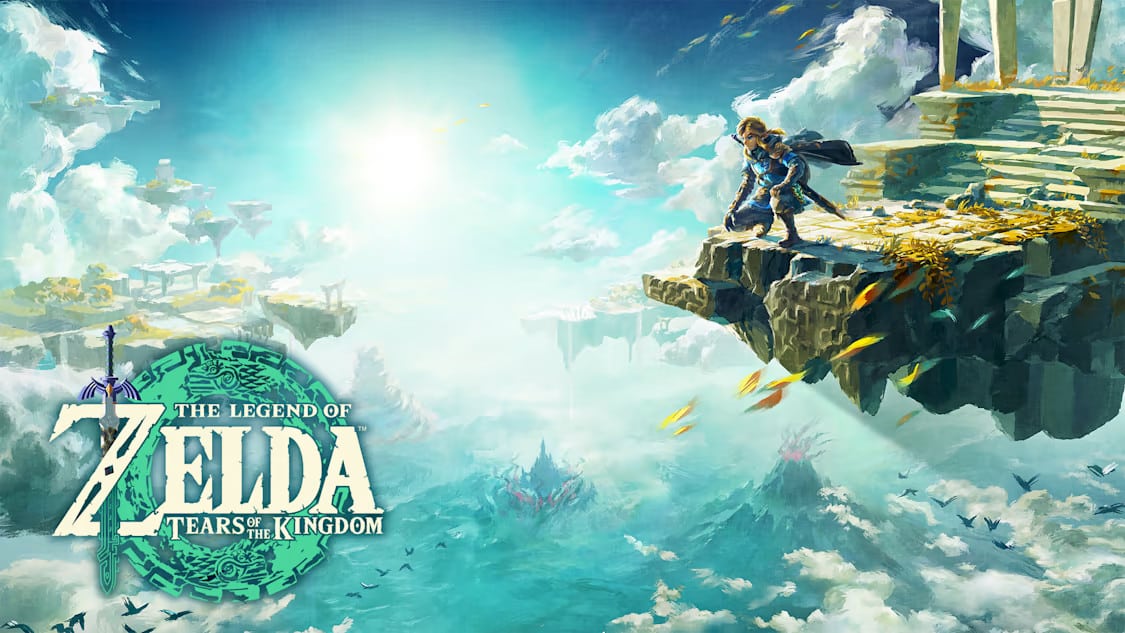
Summary:
Nintendo’s recent flurry of patent filings relating to The Legend of Zelda: Tears of the Kingdom has sent ripples of excitement through the gaming community.
In this exploration, we delve into the significance of these filings, uncovering gameplay mechanics, abilities, and game loading sequences that have been meticulously protected. By examining whether these patents hint at potential future content, we gain insights into Nintendo’s innovative approach to patenting game features. Additionally, we assess the broader impact of such patent strategies on the dynamic video game industry and shed light on the legal intricacies surrounding intellectual property in the gaming realm.
Decoding Nintendo’s Patent Filings
Nintendo’s continuous pursuit of innovation has manifested through an array of patent filings centered around The Legend of Zelda: Tears of the Kingdom. These filings not only safeguard the game’s unique gameplay mechanics but also provide a window into Nintendo’s dedication to advancing the video game landscape.
Significance of Nintendo’s Patent Filings
Within the heart of these patent filings lie intricate gameplay mechanics that define the Tears of the Kingdom experience. From combat systems to environmental interactions, Nintendo’s patents protect the very essence of what sets the game apart.
Link’s Abilities: Fuse and Ultrahand
The patented abilities of the protagonist, Link, including Fuse and Ultrahand, bring to the forefront the careful consideration put into enhancing player engagement. These patents reveal Nintendo’s commitment to delivering captivating experiences that extend beyond conventional gameplay.
Exploring NPC Abilities in Zelda
The dynamic behavior of non-playable characters (NPCs) has become a hallmark of modern video games. Nintendo’s patent filings accentuate the meticulous design that underlies the actions and reactions of NPCs within Tears of the Kingdom, enriching the immersive nature of the game world.
Patent Coverage of Game Loading Sequences
Loading sequences, often overlooked, are integral components of user experience. Nintendo’s patenting of these sequences underscores the company’s holistic approach to creating a seamless and captivating gaming journey.
Future Content Hints or Not?
The question lingers: Do these patent filings hold clues about future content expansions? While speculation abounds, an examination of the patents themselves suggests a focus on refining existing gameplay rather than hinting at upcoming narratives or worlds.
Nintendo’s Patenting Strategy
Nintendo’s proactive approach to patenting game features showcases its commitment to pushing boundaries. By securing intellectual property rights, the company safeguards its creative endeavors while contributing to the ongoing evolution of the video game industry. The intricate interplay between patenting and industry dynamics cannot be overlooked. Nintendo’s strategy influences competitors, shaping the direction of game development and innovation, and underscoring the pivotal role of intellectual property in the ever-evolving landscape.
Legal Aspects of Video Game Intellectual Property
The world of video game intellectual property is complex. Patents intersect with copyrights and trademarks, and legal nuances have significant implications for creators and players alike.
Conclusion
Nintendo’s surge of patent filings for The Legend of Zelda: Tears of the Kingdom provides a glimpse into the company’s dedication to advancing gaming experiences. Through meticulous protection of gameplay mechanics, abilities, and loading sequences, Nintendo demonstrates its commitment to innovation and player engagement, shaping the industry’s trajectory.
FAQs:
- 1. Are these patent filings indicative of upcoming game expansions?
- While exciting, the patents mainly focus on enhancing existing gameplay rather than hinting at future content expansions.
- 2. How do Nintendo’s patent strategies impact other game developers?
- Nintendo’s patent filings influence industry trends and compel other developers to innovate while respecting intellectual property.
- 3. Do these patents cover the entire game or specific aspects?
- The patents cover various aspects, including gameplay mechanics, character abilities, and loading sequences, showcasing Nintendo’s comprehensive approach.
- 4. What does the interplay of patents and copyrights mean for gamers?
- Patents protect game mechanics, while copyrights safeguard artistic elements like graphics and music, collectively shaping the gaming experience.
- 5. Can patented features be used in other games?
- Patents limit the direct use of patented features in other games unless licensed, promoting innovation and distinct game experiences.













